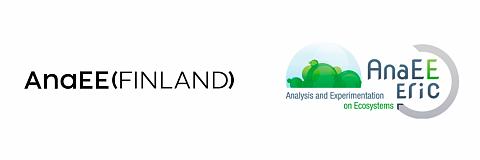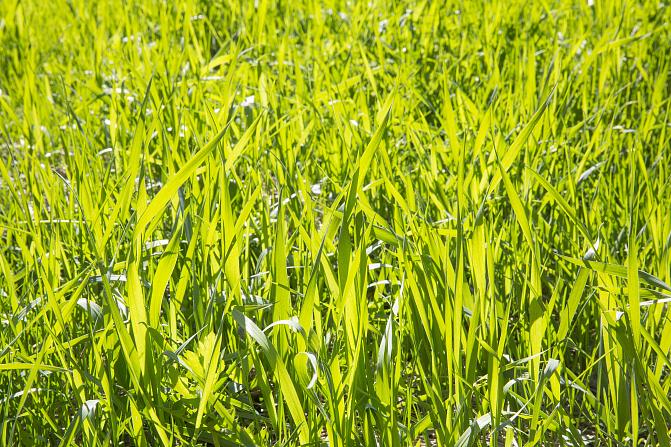
Maaninka research infrastructure
On this page
Maaninka is a grass-farming oriented farm concept of the future. The research at Maaninka focuses on grass-based, carbon-neutral milk production, the environmental impact of milk production and energy solutions. In addition, further processing of manure is one of the research areas. There are 65 places for dairy cows in the Maaninka research barn. Maaninka aims to be a carbon neutral research farm. AgriLeach Eastern Finland platform in Maaninka is part of the European AnaEE research infrastructure.


Maaninka is implementing a systemic farm-scale circular economy model, including a grassland environment, a test barn and a biogas plant. At the heart of the activities are grass-based carbon-neutral dairy production, nutrient cycling and leaching prevention and bioenergy solutions. The research infrastructure includes technology and automation to collect research data from different processes and research experiments and conditions. The Carbon flux research platform is part of the national INAR RI Agriculture research infrastructure.
Research barn
- 60 farm animals, 20 heifers and calves
- Cowlab: individual animal activity, indoor tracking and tracing system, feeding monitoring, production monitoring.
- Physiology and health check equipment: scales, camera systems, ultrasound, fitness class camera, treadmill.
- Individualized feeding system
- Milking robot
- feed room
- drying equipment
- manure removal equipment for biogas production
Biogas plant
- Part of a systemic farm-scale circular economy model with a grassland environment and a research hut.
Carbon Flux Research Platform
- eddy-covariance measuring equipment
- chamber measurements
- Measurement points at mineral and peat fields
Allow functional cookies to show the embedded media.
Nutrient leaching and runoff platforms
- automatic measurement stations
- manual samples
Lysimetric field
- 16 test plots suitable for ground and surface water monitoring
- automatic flow measurement
- automatic sampling system
- AnaEE platform
SIMU, the climatic chamber
The SIMU climatic chamber is a new innovative environmental research tool and method developed at Luke Maaninka. The equipment consists of an insulated refrigerated container in which either 6 soil sampling tables or 24 soil monoliths can be installed for the experiment, with individual snow cover and rainfall options. The container is equipped with 6 individually adjustable radiant heaters on the soil tables for snow melting and an LED lighting system with adjustable light wavelengths over the entire container area. The temperature of the container can be adjusted on a daily basis between -15 and +20 degrees Celsius.
The equipment can be used to study the effects of snowmelt dynamics and winter rainfall on nutrient leaching, as well as plant hardening, the effect of conditions on plant nutrient uptake and winter hardiness. The conditions can be reproduced in identical conditions, which is impossible in a field study. The method is also suitable for educational purposes, as it is practical and sufficiently easy to use. The versatility of the instrument ensures that it is also suitable for other challenges in climate research. The control system for the different features of the container is integrated to work in an unified way through the SIMU software implemented in Labview on a PC and the data is collected digitally.
Allow functional cookies to show the embedded media.
Test fields
- Field production equipment: tractors, harrows, combine harvesters, mowers, fertilizer spreaders, crop protection sprayers, equipment for processing grass and plant samples, including a p shredder.
- Remote sensing of field environments: drones, satellite data processing.
Areas of research
- Milk Production
- Nutritional studies of dairy cows
- Silage, grain, alternative feed crops
- Milk production responses and farm models
- Welfare of Farm Animals
- Precision livestock farming
- Automatic measurements of welfare and behavior
- Farm level welfare evaluation of farm animals
- Grass and Forage Production
- Fertilization, species and variety field experiments
- Utilization of manure
- Grass Production and Environment
- Nutrient cycles (soil, plant, animal)
- Nutrient leaching and runoff
- Greenhouse gas emissions
- Bioenergy Production
- Farm scale biogas plant
- Digestate used as a fertilizer
RI services of Maaninka
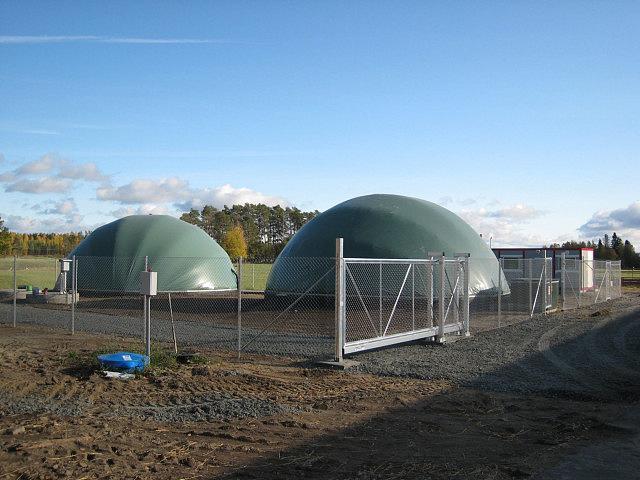
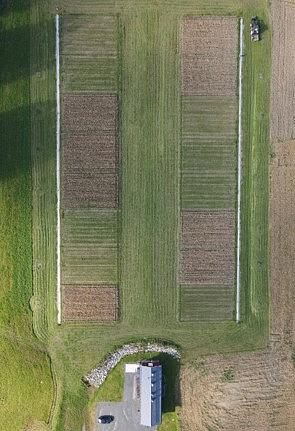
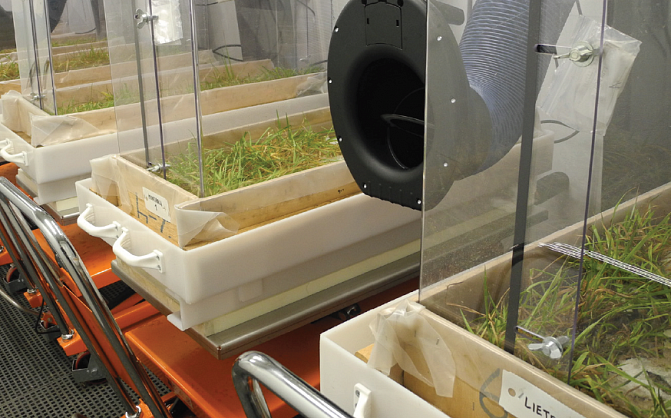
Contact
Allow marketing cookies to show the embedded content.
